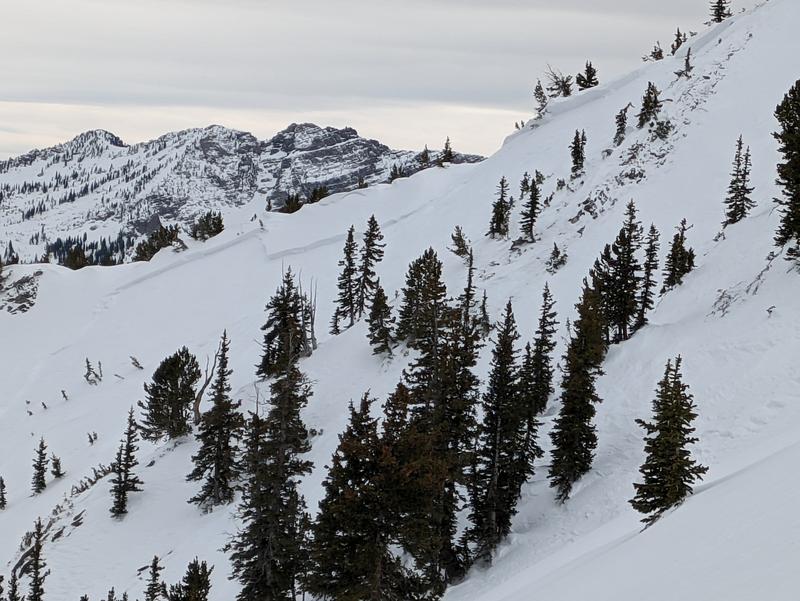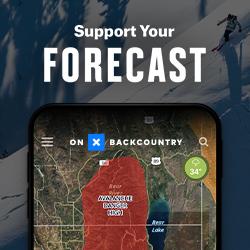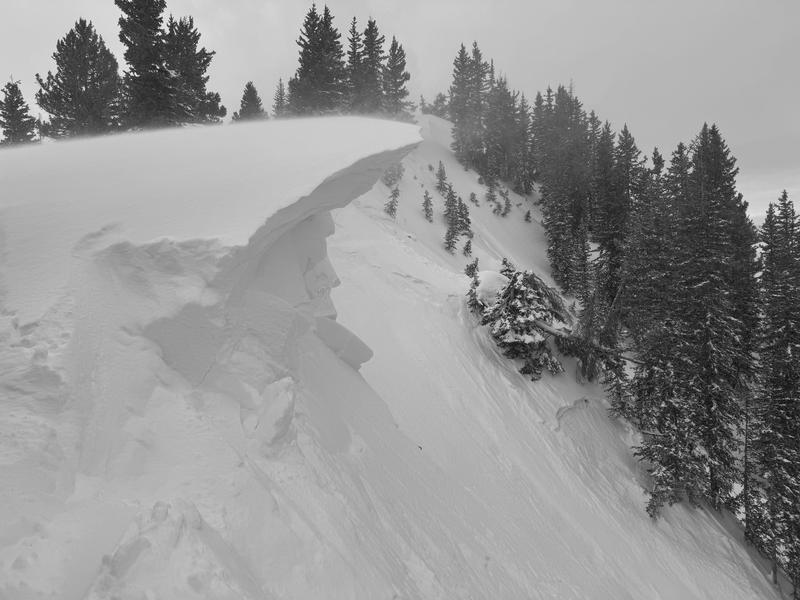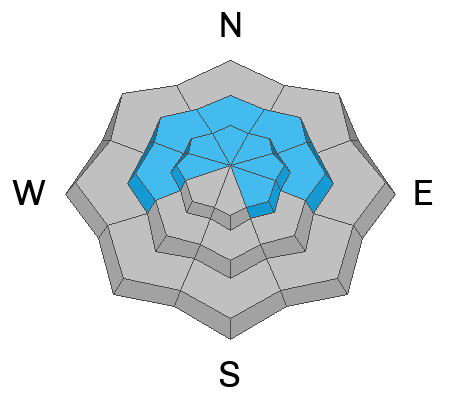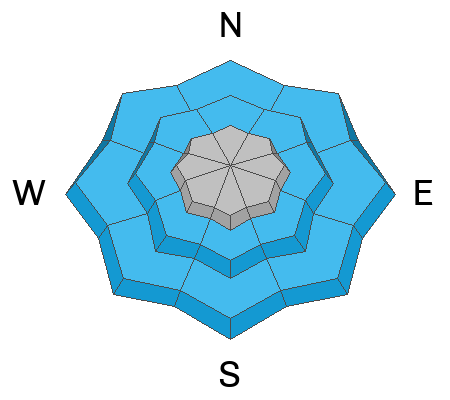Forecast for the Salt Lake Area Mountains

Issued by Nikki Champion on
Tuesday morning, February 4, 2025
Tuesday morning, February 4, 2025
Avalanche danger is CONSIDERABLE at mid and upper elevations. Wind-drifted snow avalanches could be large and destructive, breaking on a buried weak layer beneath this weekend’s new snow and recent wind. These could be 1–3 feet deep, 100+ feet wide, and may step down to facets near the ground. Avalanches can be triggered remotely or from below, so stick to slopes under 30° and out of the wind zone.
Avoid large, overhanging cornices, as they can break farther back than expected.
At lower elevations, avalanche danger is MODERATE, with the risk of wet snow increasing as temperatures stay above freezing. If the snow becomes wet, unsupportable, or unstable, move to higher, cooler terrain.
CONSIDERABLE means human-triggered avalanches are likely. Travel with careful evaluation, cautious route-finding, and conservative decision-making today.
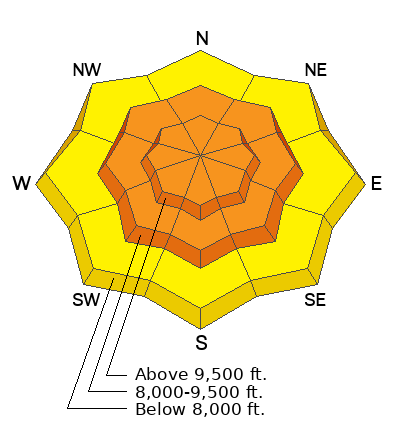
Low
Moderate
Considerable
High
Extreme
Learn how to read the forecast here



